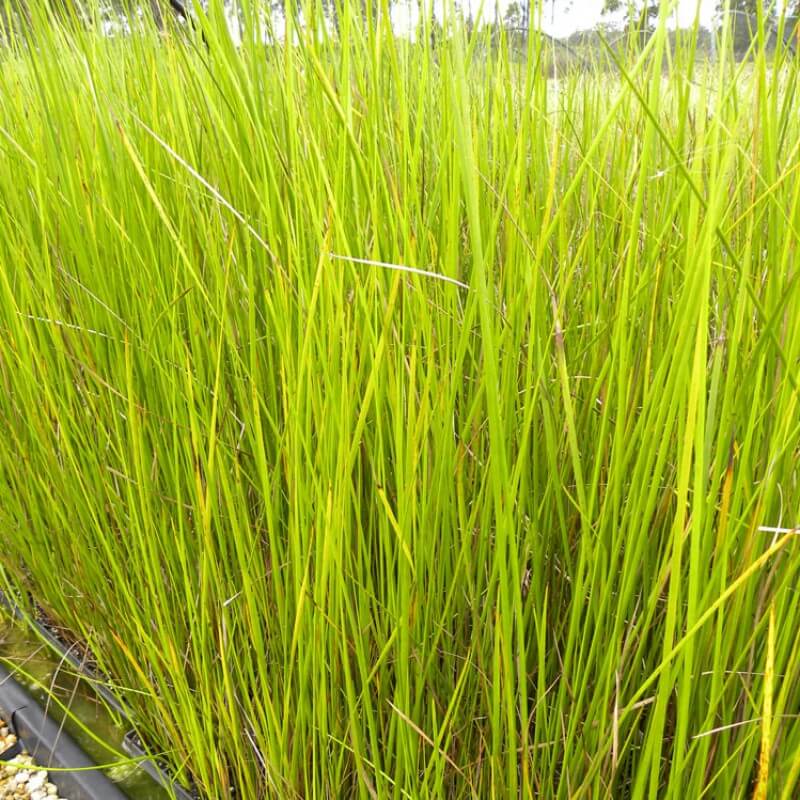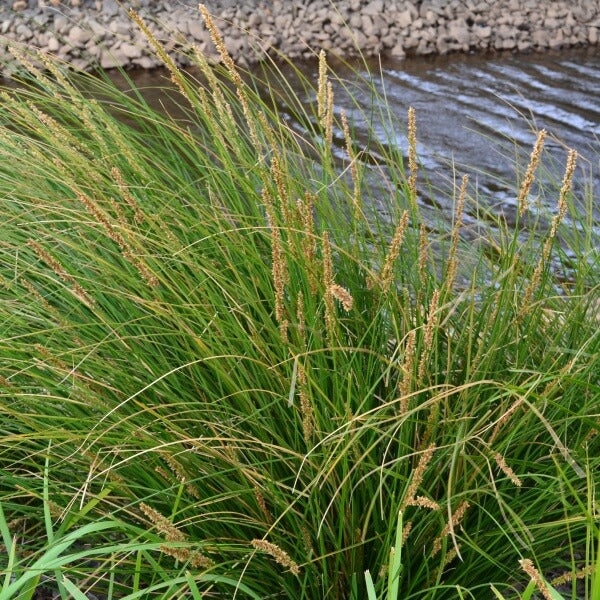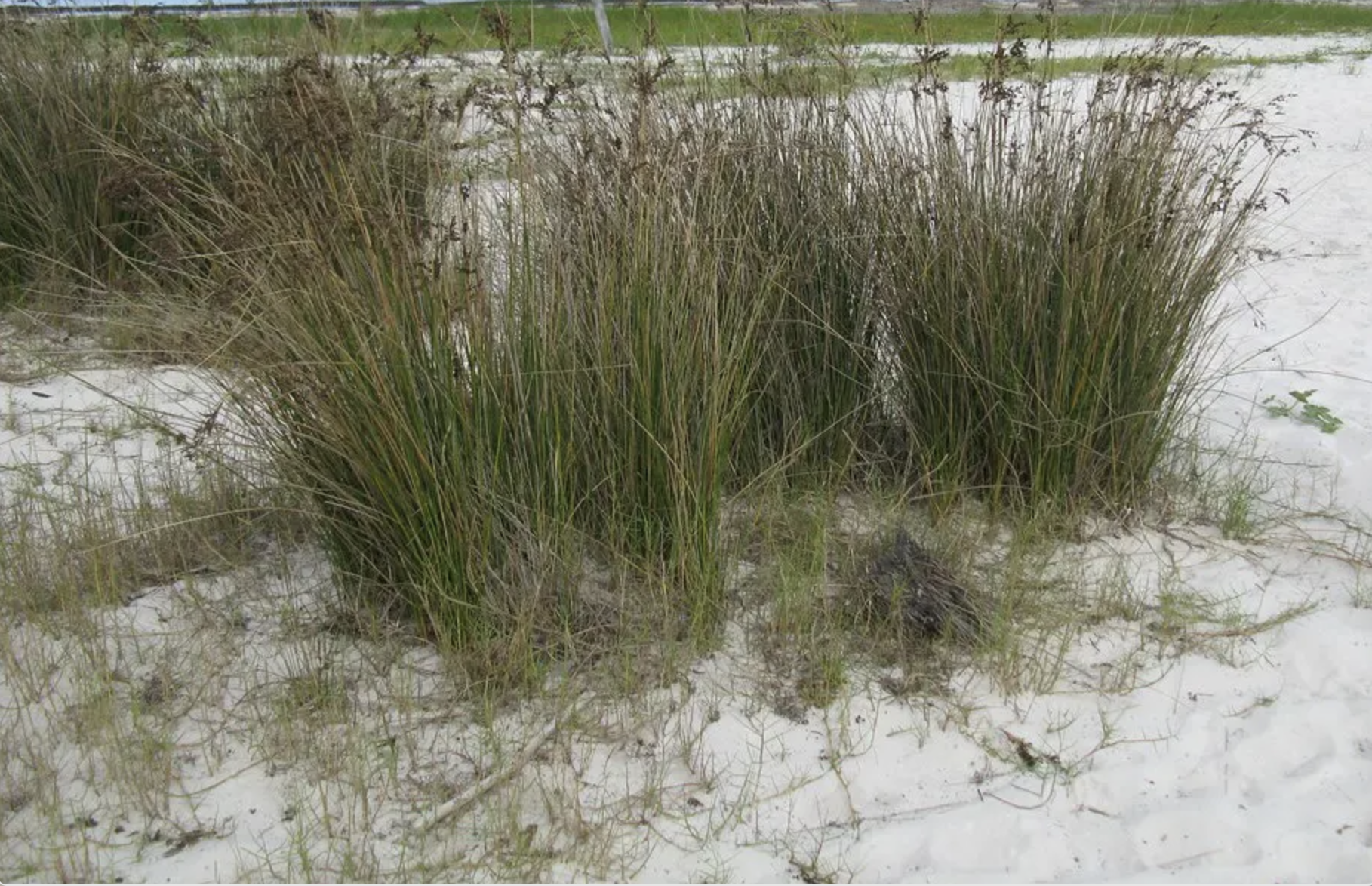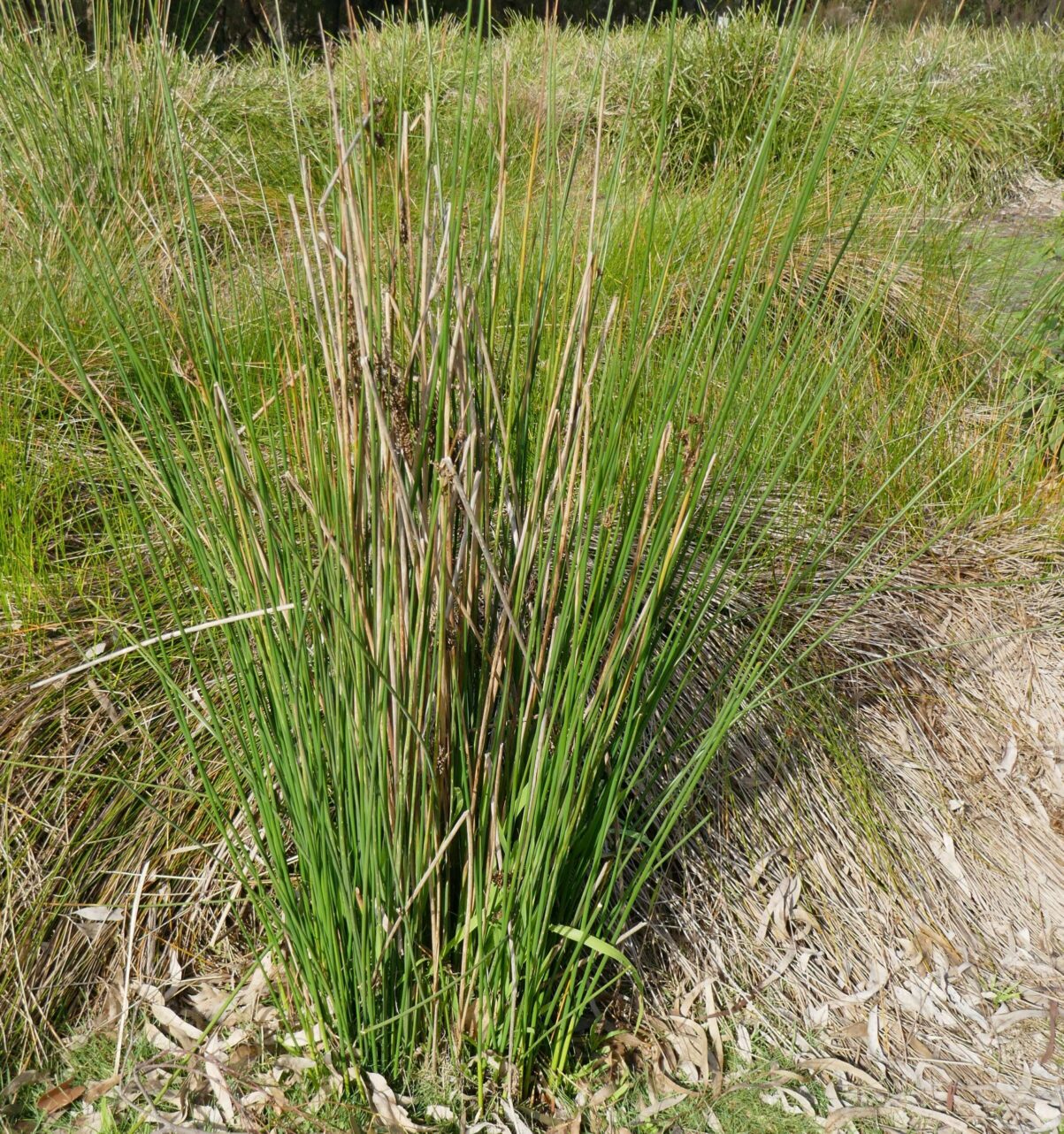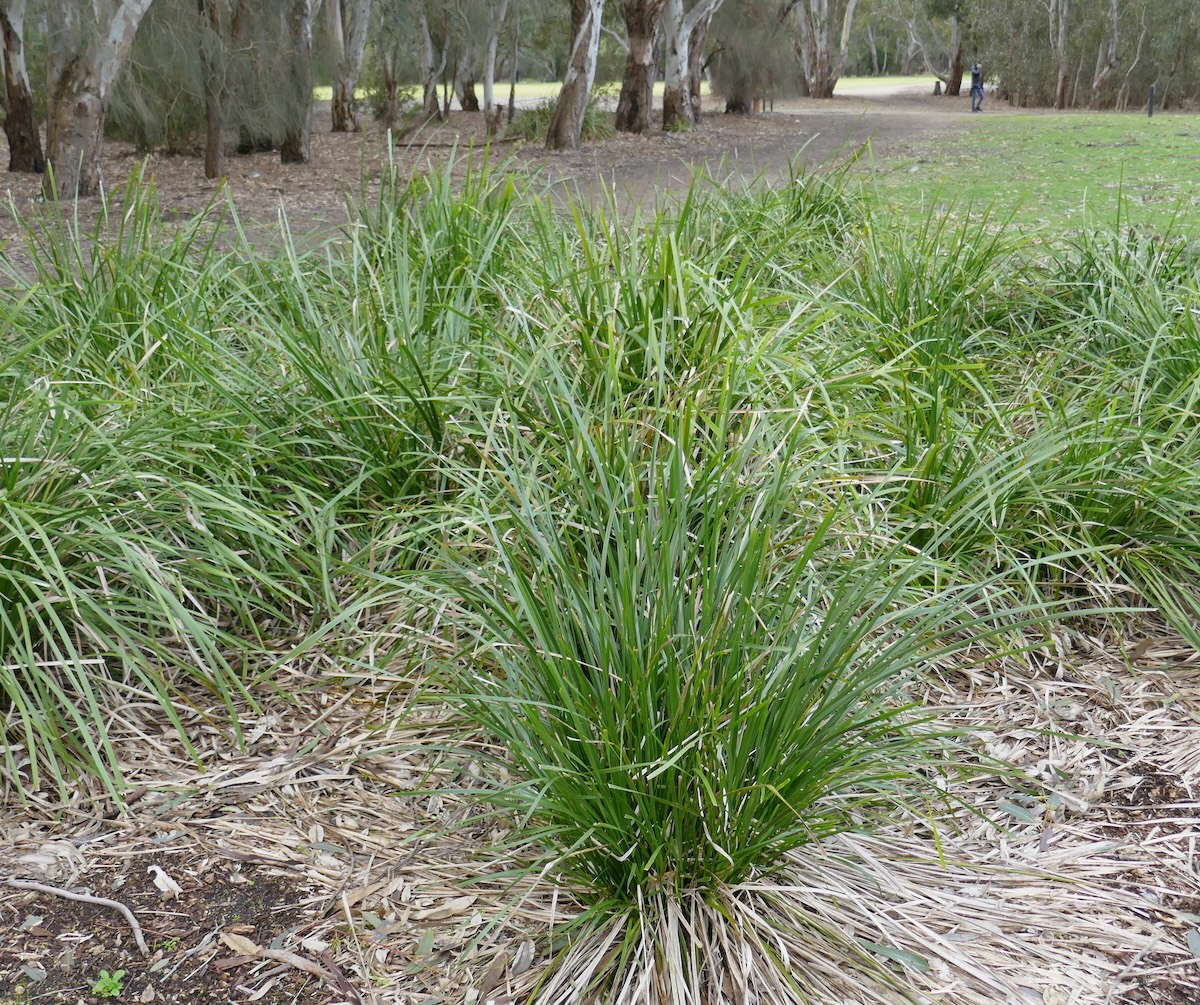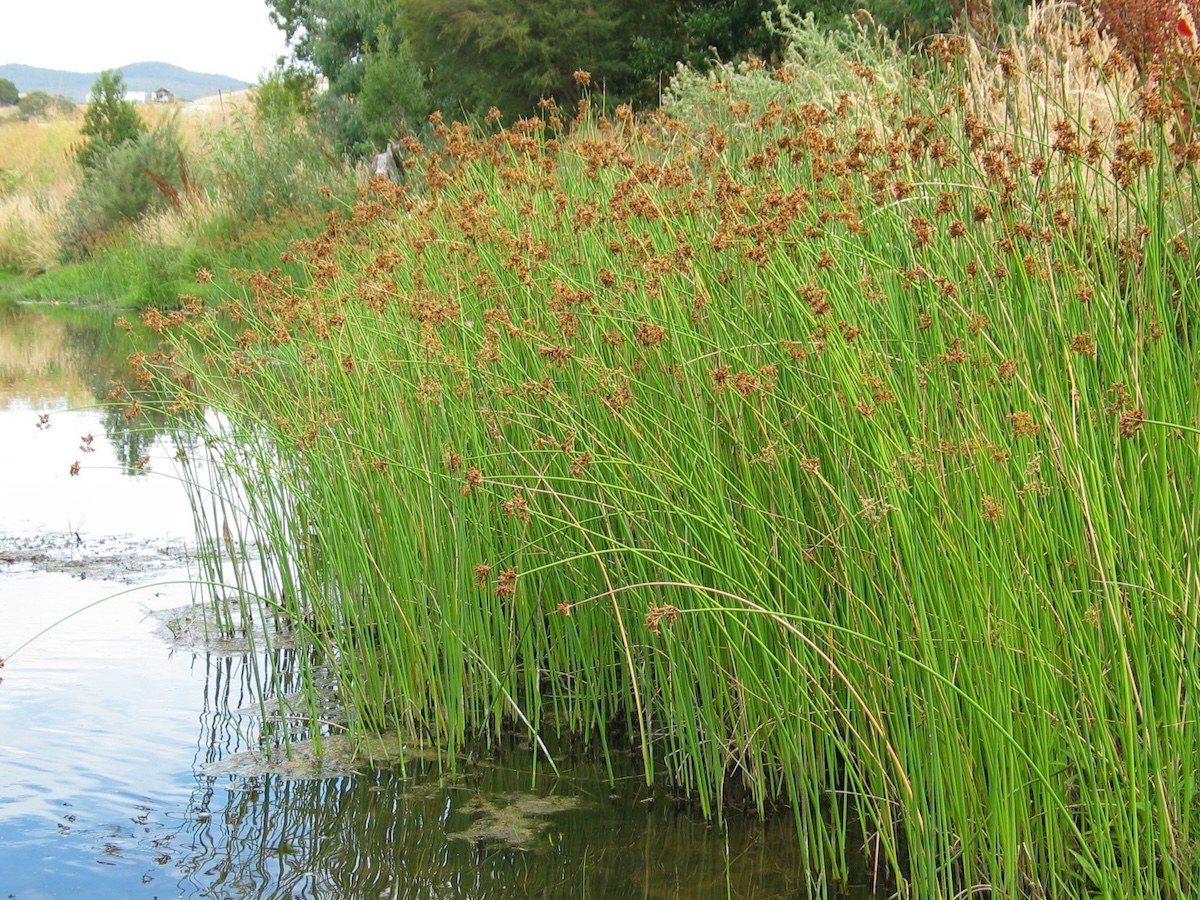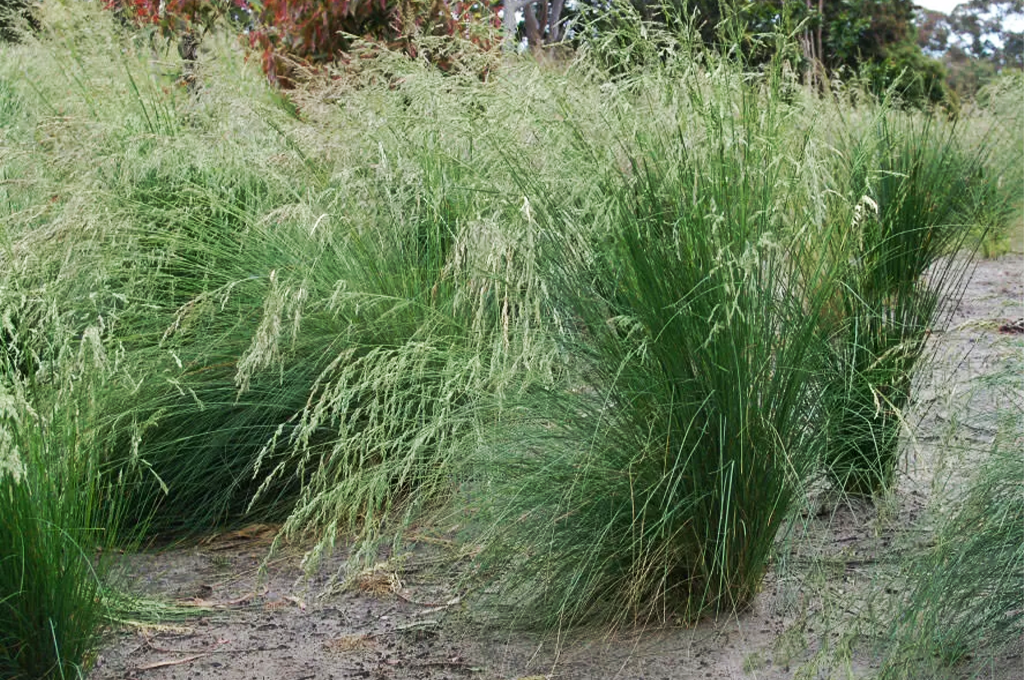Erosion is one of the most common and damaging issues related to the preservation of dams and ponds in Australia. If left unchecked, it can lead to bank instability, sedimentation, and eventual structural failure of dam walls. However, with the right plants and vegetation, you can hold the soil in place and minimise water movement impacts.
In this article, we take a close look at the best and worst plants for erosion control, and provide some expert tips on planting and maintenance.
Worst Australian Native Plants for Erosion Control
Before we dive into some of our recommendations for native Australian plants that will help to preserve your dams and watersheds, we’re going to cover some of the least effective native grasses and plants for preventing damage to your water systems.
While many environmental bodies will recommend some of these plants as they are great growers and native to the local areas, we understand the long-term impacts they can have related to their eventual domination of waterbodies.
Another major impact that certain plants can have is linked to their deep root systems penetrating the dam structure over time. If these native species are removed or die off naturally, they’ll leave behind a patchwork of small and large holes which can severely affect the dam wall’s integrity. This can lead to leaks and the dam wall collapsing altogether.
With that in mind, we recommend that you avoid the following in erosion-sensitive areas:
- Cumbungi (Bullrush) – Characterised by thick, spongy leaves that are very invasive and produce high seed dispersion.
- Common reed (Phragmites australis) – Tall wetland grass – long, wide leaves that spread aggressively and can quickly dominate and destabilise ecosystems.
- Tall spike rush (Eleocharis sphacelata) – Another tall, grass-like plant that tends to overgrow and requires consistent maintenance and removal.
8 Best Native Australian Plants for Erosion Control
The following native Australian plants are highly recommended for stabilising banks – this is largely thanks to their fibrous roots and their ability to withstand periodic inundation. These plants are great at forming physical barriers that break up wave action and filter runoff, leading to effective erosion control.
|
Photo |
Common Name | Botanical Name |
Why It’s Effective |
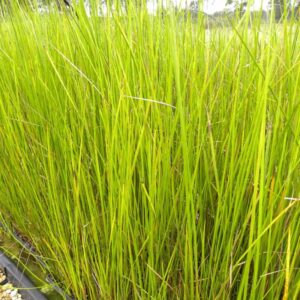 |
Soft twig-rush |
Baumea rubiginosa |
Dense root systems; ideal for wet margins |
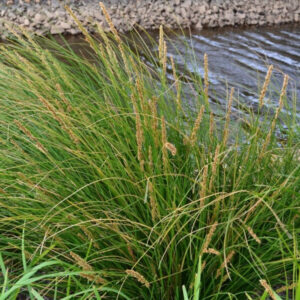 |
Tall sedge |
Carex appressa |
Excellent soil binder; tolerates wet and dry conditions |
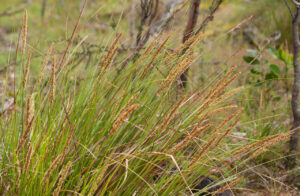 |
Basket sedge |
Carex teriticaulis |
Hardy and adaptable |
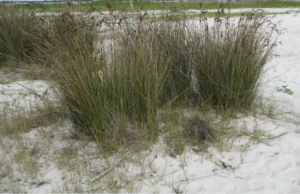 |
Sea rush |
Juncus krausii |
Salt-tolerant; great for coastal areas |
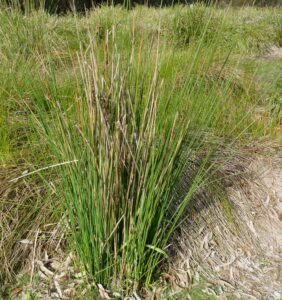 |
Pale rush |
Juncus pallidus |
Strong clumping habit |
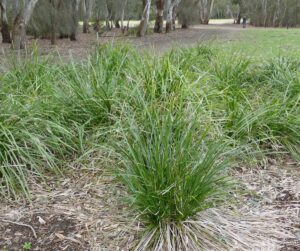 |
Spiny-headed mat-rush |
Lomandra longifolia |
Drought tolerant; good for upper slopes |
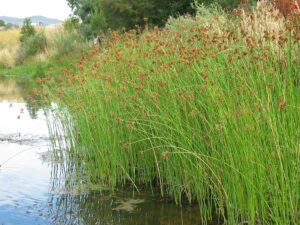 |
River club-rush |
Schoenoplectus tabernaemontani |
Ideal for wetter edges and flood zones |
 |
Common tussock grass |
Poa labillardierei |
Good coverage; aesthetic appeal |
Let’s take a look at each of these in a little more detail.
Soft Twig-Rush (Baumea rubiginosa)
Appearance
A robust, rhizomatous perennial sedge that grows 0.3m-1.0m tall. It features flattened, ribbon-like green leaves often tinged orange-brown, with erect inflorescences (7cm-35cm long) densely packed with red-brown spikelets.
Ideal Uses
Soft twig-rush is excellent for facilitating strong soil stability within moist or sandy soils along pond edges. It tolerates frost and other harsh conditions, as well as inundation, low-nutrient areas, and poor water quality.
Considerations
This plant needs consistently moist or semi-shaded conditions in order to thrive. It forms dense root clusters, so you’ll need to plan spacing accordingly.
Tall Sedge (Carex appressa)
Appearance
Dense tussocks of up to 1m tall with bright-green, arching, serrated leaves. Will present upright, brown flower spikes in warmer months.
Ideal Uses
Tall sedge is a tough, low maintenance choice for riparian zones, dam margins, wetlands, and biofiltration systems. It offers excellent support systems for a diverse range of wildlife and adds structural diversity to plantings.
Considerations
This plant can spread vigorously if allowed to go unchecked, so occasional cutting or division may be required. It prefers moist soil rather than an environment that is permanently waterlogged.
Basket Sedge (Carex teriticaulis)
Appearance
This plant consists of tufted sedges that grow to a height of 0.7m-1.0m. It has long, narrow green leaves that age to yellow-brown sheaths. It produces dense brown cluster flowers from September to November.
Ideal Uses
As the name suggests, basket sedge has traditionally been used by Indigenous peoples as a material for basket weaving. It’s great for damp areas, wetland edges, ponds, and dams. And it is able to support small forms of wildlife such as butterflies and birds.
Considerations
This is another that may require some form of annual pruning to help keep growth under control. It’s fairly hardy in most environments and within most soil types, but it thrives best in moist zones.
Sea Rush (Juncus krausii)
Appearance
This plant is formed of clumping rhizomatous rush that can reach a height of up to 1m. It has cylindrical deep-green stems and straw, with red-brown flower clusters forming in the summer.
Ideal Uses
Once again, the clue is in the name for this one. It’s ideally suited for saline or brackish environments like coastal wetlands, estuary edges, and sea-facing dams. It is another traditional weaving material.
Considerations
This plant struggles in areas prone to disturbance and benefits far more from stable areas. It can be slow to regrow after disruption.
Pale Rush (Juncus pallidus)
Appearance
A vigorous, tufted, rhizomatous rush that will grow to heights between 0.5m-2.3m. It has bluish-green stems and loose pale green basal sheaths. It flowers from spring to summer with pale, straw-coloured blooms.
Ideal Uses
This plant is well-suited for stabilising estuary banks, swampy areas, and riparian zones. It is an excellent habitat for birds and wildlife and works well in biofiltration and rain garden systems.
Considerations
Pale rush plants prefer moist but seasonally dry soils and can tolerate modern frost. It is another fast, aggressive grower.
Spiny-headed Mat-Rush (Lomandra longifolia)
Appearance
This plant forms dense tussocks of glossy green, strappy leaves up to 1m tall. It flowers in late winter through to spring.
Ideal Uses
This is a low maintenance bank stabiliser that can be planted across moist and dry zones, and is capable of withstanding flood and frost. It can be used for both weaving and as a source of flour.
Considerations
Spiny-headed mat-rush is susceptible to suffering in wet winters or cooler summers. It is also trickier to handle than some others on the list due its spiky foliage.
River Club-Rush (Schoenoplectus tabernaemontani)
Appearance
This is a tall, perennial sedge that grows to a height of 2m. It has blue-green flowering stems and basal sheaths. It flowers red-brown clusters on branched flowerheads from November through to April.
Ideal Uses
River club-rush is perfect for shallow marsh zones, wet soil edges, and pond margins. It provides an ideal nesting habitat for frogs and water birds.
Considerations
This is one of the only plants on this list that requires consistent, persistent wet conditions. It spreads via rhizomes, so spacing is an important consideration.
Common Tussock Grass (Poa labillardierei)
Appearance
This is a coarse, dense material with blue-green foliage and plume-like flowering heads that can grow up to 1.2m tall.
Ideal Uses
This plant is most effective for use on moist slopes and creek banks in open forests. It enhances biodiversity by supporting invertebrates, and recovers well after fire.
Considerations
It can be one of the trickier plants to establish initially as it requires sufficient moisture. It also has shallow root systems, meaning it’s less effective in deep erosion control zones.
Expert Tips
Here at Water Quality Solutions, we don’t just like to hand out lists of suitable plants and let you get on with it. We’re also experts in installation and maintenance of water systems and overall dam health.
Here are a couple of expert tips to help you get started.
Diversity of Plants
Use planting diversity to your advantage. A mix of sedges, rushes, and grasses ensures strong root coverage and ecological resistance. This also helps your setup to outcompete weeds and reduce maintenance needs.
Diversity of Water Health Strategies
Choosing the right plants should form the basis of your erosion control strategy. However, there are several other things that you can combine this with to achieve effective erosion control. These can include things such as:
- Good populations of beneficial bacteria
- Strong aeration and circulation systems
- Nutrient prevention and limitation
- Stopping nutrient-rich runoff
- No septic runoff
- Keeping a close eye on wildlife numbers
Get FREE Expert Advice
Since 2009, we‘ve grown to become Australia’s largest supplier of water-care systems and solutions. We provide expert advice on native plant species, soil erosion strategies, along with a whole range of tools and techniques designed to help you maintain healthy bodies of water.
Contact us today if you have any queries regarding our products or services.


